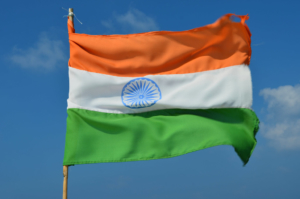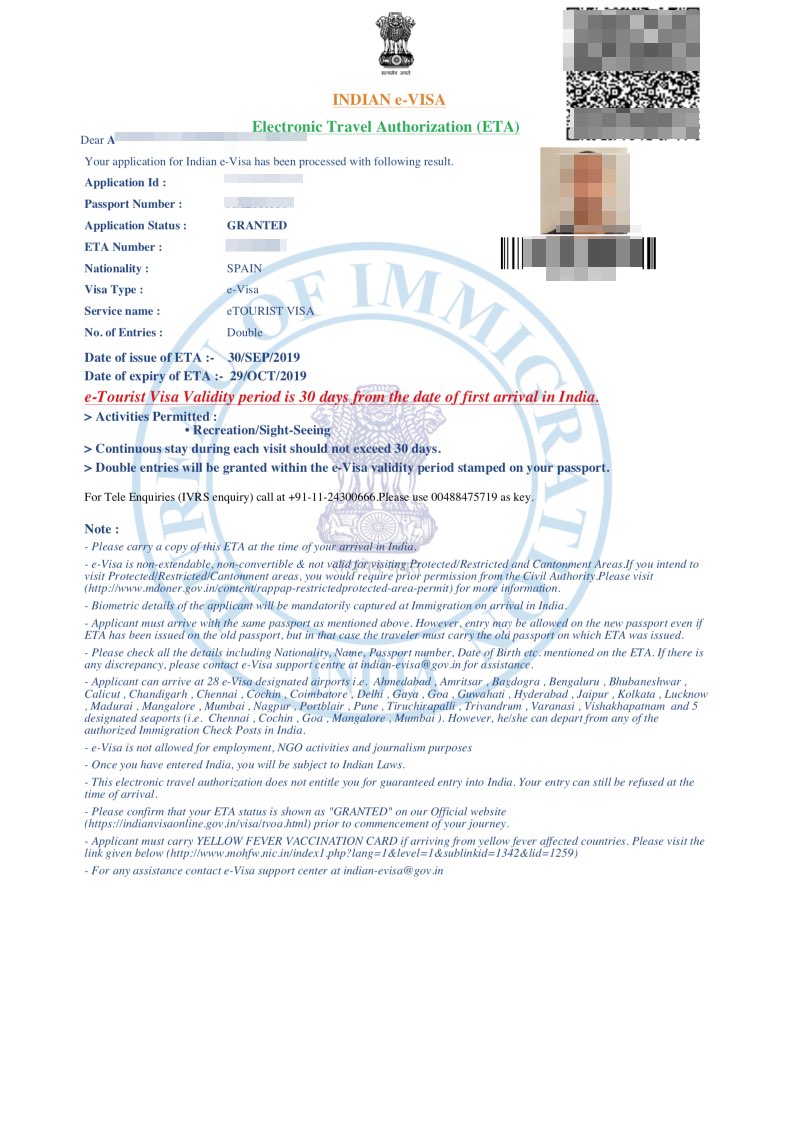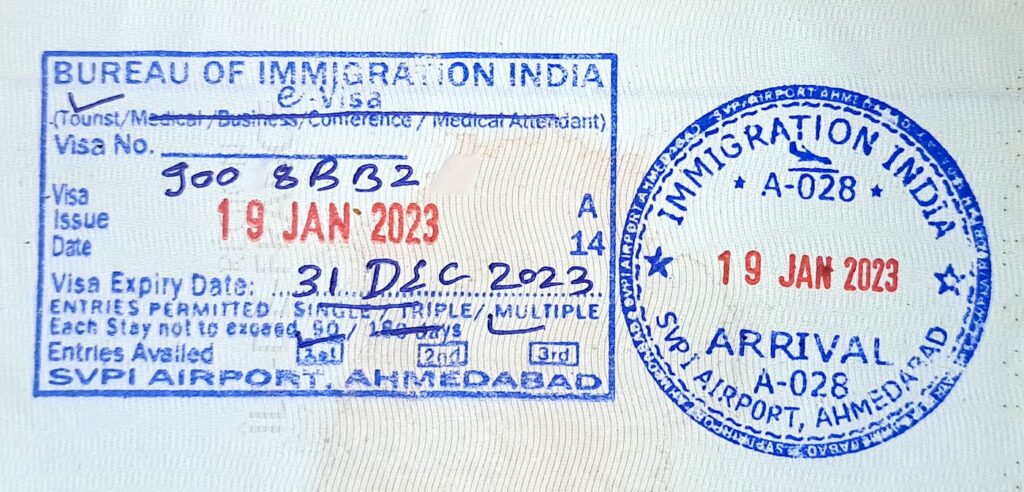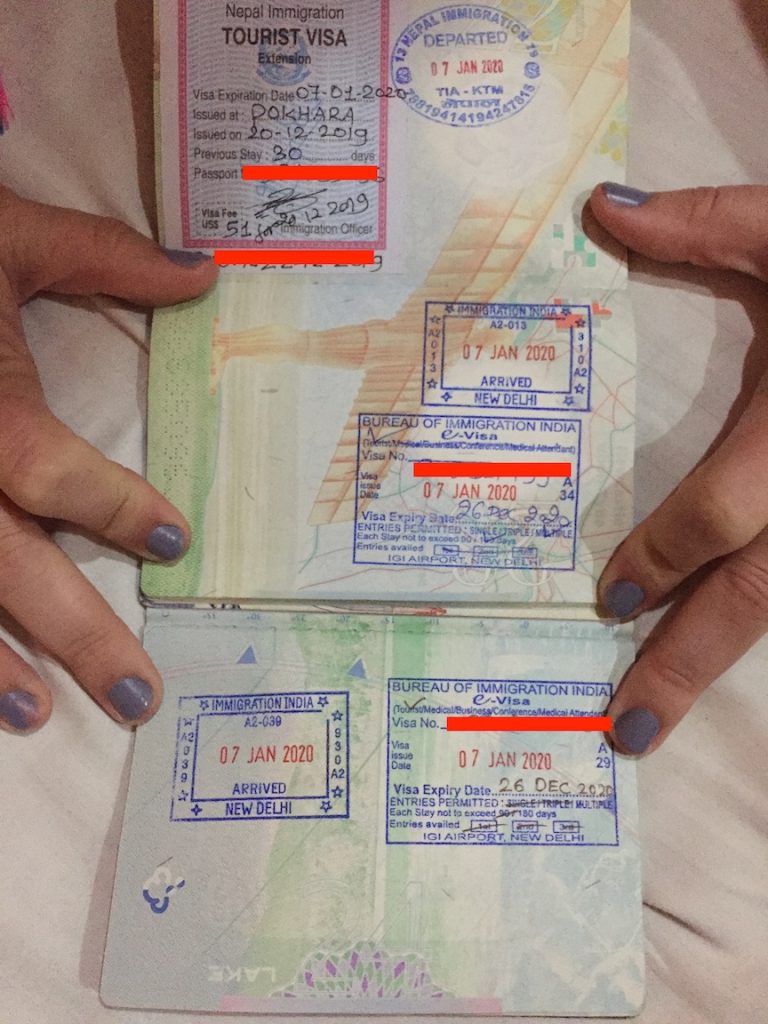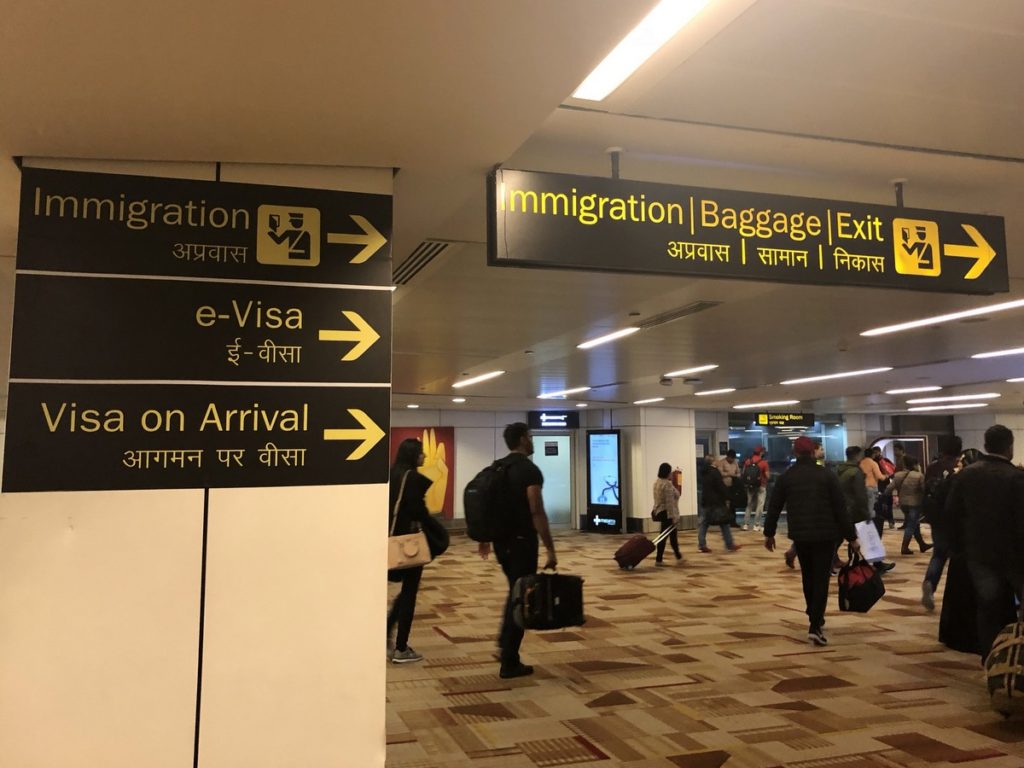All French nationals wishing to travel outside the European Union must obtain a visa, in order to enter the desired territory legally. The visa, whether electronic or more traditional, is issued by the competent authorities of the country you wish to visit, and constitutes proof of authorization to visit that same country for a fixed period, generally set at 90 days.
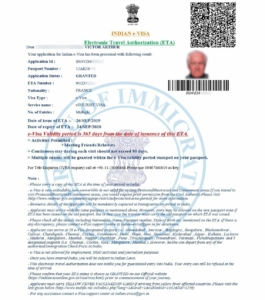
In March 2019, e-Visas for India gained in flexibility and now allow travelers to visit India for single-entry or multiple-entry stays and to stay for up to 90 days at a time for tourism, and up to 180 days if on business. If you would like to apply for an e-Visa for India, Visamundi can help you with your application, thanks to its expertise in handling visa applications for professionals and individuals. By completing the e-Visa India form available on our website, you can easily obtain your e-Visa for travel to India through our services.
What are the eligibility criteria for obtaining an e-Visa India?
All nationalities are covered by the India e-Visa. Only citizens of Nepal and Bhutan are required to have a " traditional " paper visa. If you're a French national, you'll have the same easy access to the e-Visa India as any other national of any other continent, with the exception of travelers of Pakistani origin who may encounter difficulties in obtaining an e-Visa from the Indian authorities.
The e-Visa India is mainly issued for tourism and business travel, but also for medical travel or to attend a conference as a researcher. The e-Visa India is available in several formulas: e-Visa Tourism, e-Visa Business, e-Visa Medical and e-Visa Conference.
- The Tourism e-Visa is valid from 30 days to 5 years from the date of entry, and you must enter India within 30 days of issue.
- The e-Visa Business allows travelers to enjoy multiple stays of up to 180 days for 1 year from the date of issue of the electronic visa.
- The e-Medical visa enables patients and accompanying persons to benefit from up to 3 entries for a maximum cumulative stay of 60 days. From the date of issue of the e-Visa, you will have 120 days to enter India.
- The Conference e-Visa allows a single entry into India for a maximum of 30 days. You will also have 120 days to enter India from the date of issue.
To be eligible for an e-Visa for India as a French national, you will need a passport valid for at least 6 months from the date of arrival for each stay in India. No registration with the FRRO(Foreigners Regional Registration Office) is required to obtain an e-Visa India. Your fingerprints will be taken directly on arrival by the relevant authorities, after the final visa has been affixed to your passport.
 How do I obtain an e-Visa for India on Visamundi ?
How do I obtain an e-Visa for India on Visamundi ?
Compared to a traditional visa, an e-Visa India offers many advantages to facilitate the processing of your visa application. Thanks to the e-Visa form available on our website, you can complete all your procedures online, without having to schedule a trip to theIndian Embassy to finalize your file.
To obtain your e-Visa for India, we suggest you fill in a complete and intuitive application form on our website, which will make it much easier for you to complete your project. A photocopy of your passport and a passport photo need only be sent once the visa application has been completed and paid for. Once the Indian authorities have given their approval, we'll send you a travel authorization in electronic format (PDF), which you'll then need to print out and present on arrival at one of the possible entry points (port or airport).
Although the time taken to obtain an e-Visa for India is fairly short, you will only be able to apply for an e-Visa if your trip takes place more than 5 days after your application. We remind you that the validity period of the e-Visa for India only starts from the date of your arrival on Indian soil, and not from the date of issue of the e-Visa.
All the documents you need to complete your application for an e-visa to India can be uploaded directly online, with no need for any postal procedures. Once you have completed the form, simply send us your documents so that we can check them before forwarding them to the Indian authorities. The documents concerned are a photocopy of your passport, valid for at least 6 months after your arrival in India, and a passport photo. For a Business e-Visa, you'll need to send us a business card, and for a Medical e-Visa an invitation from the hospital where you are to be treated.
How much does an e-Visa for India cost?
On our e-Visa application form for India, you'll find a clear and detailed price list, which will show you the price of the different e-Visa formulas available for entry into India. The price of an e-Visa for India will depend on the type of e-Visa you choose, from Tourism e-Visa, Business e-Visa, Medical e-Visa and Conference e-Visa. The prices quoted in our price list include consular fees charged by the Indian authorities, as well as our service fees for the support we provide.

